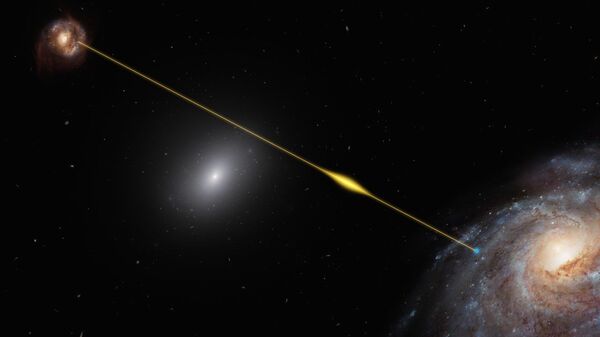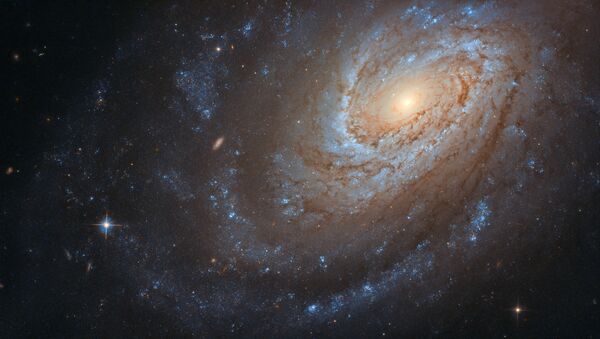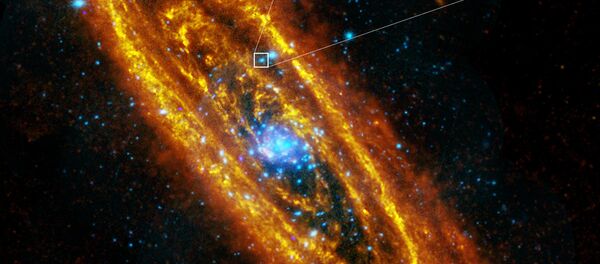After one of the cosmic studies prompted astronomers to reconsider the theory that FRBs are one-off events, the Jodrell Bank Observatory in Cheshire, which has recently resumed its work, revealed exactly what’s going on with FRB 121102 by discerning a further 32 bursts over five years, with the pattern believed to be recurrent.
The team led by Jodrell Bank astronomers used the iconic 76-metre Lovell Telescope in their joint research published the other day in the Monthly Notices of the Royal Astronomical Society. What appears to be an astonishing clue as to the origins of yet understudied fast radio bursts, or FRBs, the scientists have concluded each radio burst from FRB 121102 lasted approximately 90 days followed by a silence of 67 days, with the same repeating every 157 days.
“Detecting a periodicity provides an important constraint on the origin of the bursts and the activity cycles could argue against a precessing neutron star”, commented the lead author, Dr Kaustubh Rajwade from the University of Manchester.
A wobbling axis of a neutron star - the collapsed core of a giant star and the result of a supernova explosion - was earlier thought to be the cause of FRB 121102, however the latest research has underpinned a somewhat different theory.
The timescale of FRB 121102’s repeating pattern came as a big surprise as it’s almost 10 times longer than the 16-day pattern of the “other” really interesting “repeater”—FRB 180916.J10158+56, which was recently detected by the Canada-based Hydrogen Intensity Mapping Experiment (CHIME) telescope.
According to Duncan Lorimer, Associate Dean for Research at West Virginia University, this “exciting discovery” emphasises how little we know about how FRBs form.
“Further observations of a larger number of FRBs will be needed in order to obtain a clearer picture about these periodic sources and elucidate their origin”, Lorimer, who helped craft the much-needed data analysis technique, pointed out.
As a result of lengthy monitoring, the team has linked the origins of the said events to such cosmic riddles as neutron stars evolution, black holes, and the orbital motion of massive stars.



